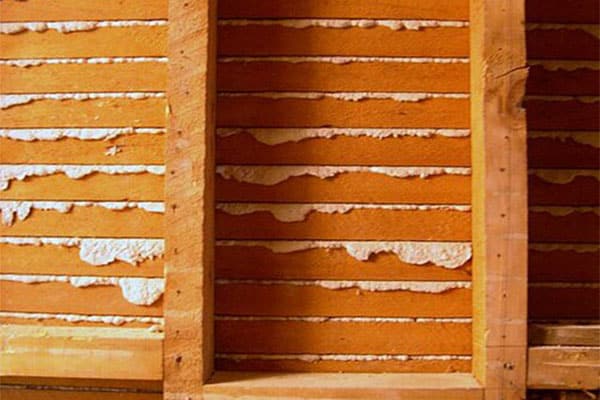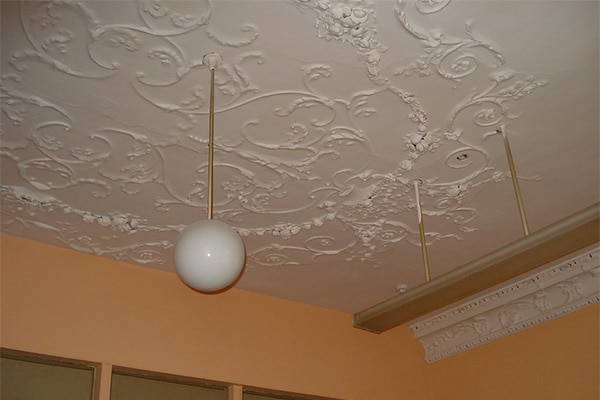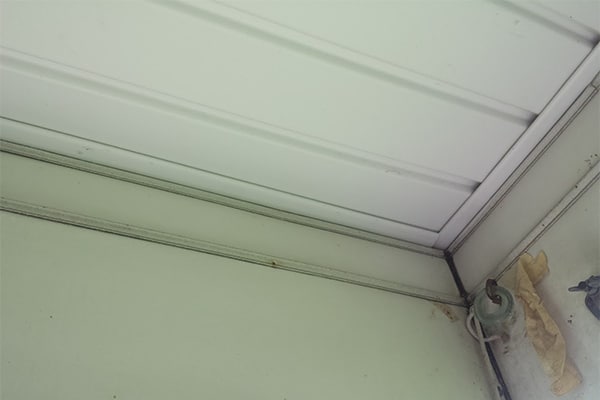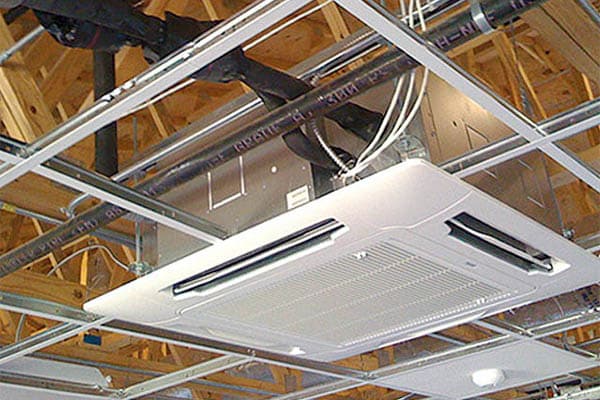
Suspended ceiling systems, also known as drop ceilings, play a crucial role in enhancing the aesthetics and functionality of commercial spaces. Offering design flexibility, acoustic performance, and convenient maintenance access, these systems come in various styles and materials, exemplifying the diverse options available in the realm of types of suspended ceiling systems.
In commercial buildings, the importance of suspended ceiling systems cannot be overstated. They contribute to the overall interior design, provide a platform for lighting and HVAC installations, and offer easy access to utility systems.
Additionally, these systems contribute to acoustic comfort, creating a conducive environment for work and customer interactions. This article aims to explore the various types of suspended ceiling systems, shedding light on their characteristics, benefits, and applications.
From traditional materials like lath and plaster to modern solutions like aluminium and free-span systems, we will delve into the diverse options available for commercial spaces.
Types of Ceiling
A few typical variations comprise:
1. Lath and Plaster

Lath and plaster ceilings, a traditional choice, consist of wooden laths covered with plaster. While less common today, they offer a timeless aesthetic and can be suitable for certain restoration projects.
2. Plasterboard

Plasterboard, also known as drywall or gypsum wallboard, is a popular choice due to its affordability and ease of installation. These panels are durable and provide a smooth surface for various finishes.
3. Tiles or Panels

Ceiling tiles or panels come in diverse materials such as:
- Mineral fibre
- Fibreglass
- Metal
They offer versatility in design and are easily replaceable, making them a practical choice for spaces requiring frequent updates or customisation.
4. Free-span

Free-span ceiling systems eliminate the need for a visible grid by supporting the panels from the edges, creating a seamless and modern look. This design is often preferred for contemporary commercial spaces.
5. Aluminium

Aluminum ceiling systems provide a lightweight and corrosion-resistant option. They are known for their durability, making them suitable for environments with specific requirements, such as healthcare facilities or industrial spaces.
Design Variations in Ceiling Tiles
The ceiling tiles exhibit different design variations, such as:
- Square Edges (Visible Grid)
Ceiling tiles with square edges create a visible grid, offering a classic look. This design is often chosen for spaces where the grid pattern becomes a part of the overall design aesthetic. - Tegular/Stepped Edge Tiles (Minimising the Grid Look)
Tegular or stepped edge tiles minimise the visibility of the grid, providing a more streamlined and modern appearance. This design is ideal for spaces where a clean and cohesive look is desired.
Types of Commercial Ceilings

Various varieties of suspended acoustic ceilings include:
- Tiles
Acoustic ceiling tiles are designed to absorb sound, improving the overall acoustic performance of a space. These tiles come in various materials, allowing for customisation based on specific acoustic requirements. - Linear Planks
Linear plank systems offer a sleek and contemporary appearance while contributing to sound absorption. They are a popular choice for spaces that require both functionality and aesthetics. - Grille & Baffle
The grille and baffle systems provide a visually interesting ceiling design while enhancing acoustic performance. They are often used in open and expansive spaces, such as auditoriums or large offices. - Cube Systems
Cube systems, with their three-dimensional design, add a unique architectural element to ceilings. They contribute to both aesthetics and acoustic control, making them suitable for modern and creative environments.
Each type of acoustic ceiling system possesses distinct characteristics. Tiles, planks, grille & baffle, and cube systems offer varying levels of sound absorption and diffusion, allowing for customisation based on the acoustic needs of a space.
Bandraster System
A bandraster system is a versatile option composed of metal tees and mains. This system provides a sturdy framework for ceiling installations while allowing for easy maintenance access.
One notable feature of the bandraster system is the availability of varying lengths for metal tees and mains. This flexibility simplifies maintenance procedures and ensures accessibility to concealed building systems.
Bandraster systems are available in a variety of styles, contributing to the overall design aesthetic of a space. Whether a traditional or contemporary look is desired, the bandraster system can accommodate diverse preferences.
Elevating Commercial Spaces: A Seamless Fusion of Form and Function

In summary, the diverse types of suspended ceiling systems offer a range of options for commercial spaces. From traditional materials like lath and plaster to modern, innovative solutions like aluminium and free-span systems, each option comes with its own set of benefits and characteristics.
The versatility of suspended ceiling systems is evident in their ability to meet both aesthetic and functional requirements. Design variations in ceiling tiles, acoustic characteristics of different systems, and the flexibility of bandraster systems highlight the adaptability of these solutions.
For businesses in Perth seeking expert advice and installation of suspended ceiling systems, Perth Ceiling and Walls offers comprehensive solutions. Their expertise ensures that commercial spaces benefit from the latest innovations and designs in ceiling systems.
Contact Perth Ceiling and Walls today to elevate your commercial space with tailored solutions for ceiling Perth. By exploring the wide array of suspended ceiling systems and their design variations, businesses can make informed decisions to enhance the overall appeal and functionality of their commercial spaces.
Reviewed by
Aaron Kumar
Aaron Jefferson Kumar. The owner and operator of Perth Ceiling and Walls. With hands-on expertise in plasterboard ceiling and wall repairs and installations, Aaron takes pride in ensuring every project meets the highest standards of quality and craftsmanship. His direct involvement in both the business and the fieldwork positions him as a trusted person on all things related to ceiling and wall solutions.
